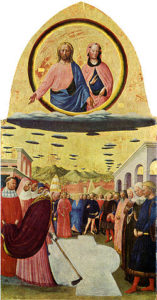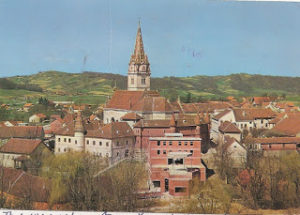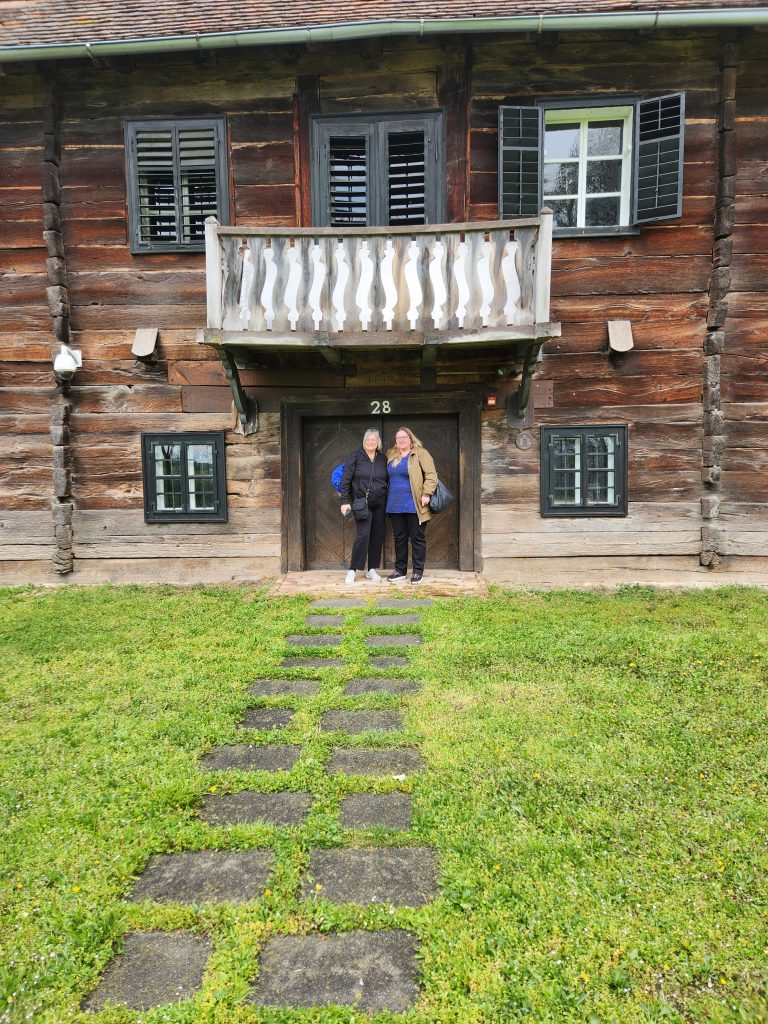
Today’s blog is the last in my Croatian series and it adds to the family stories I have previously written about. My maternal grandmother, Mary Koss, was a dramatic storyteller. As a child, I loved her tales of the old country. As I aged, I wondered about the content and began researching for facts. Boots on the ground enabled me to check out the truth in ways I could never do online.
The picture above is of a typical Croatian nobleman house from the beginning of the 19th century. This one was built in 1806. The family business was housed on the first floor with the family living on the second floor. The homes typically were furnished with artwork, porcelain collections, a stove for heating, and a piano. We always had a piano which my mother hated taking lessons, porcelain knickknacks, and art. I never thought of my family as owning those items in the old country as nothing was brought with them to the U.S. The families entertained often and a sign noted that guests of this home, constructed by Petar Modić, were the Kusević and Pogledić families. Those names were of interest to me as my grandparents had friends in the U.S. with those surnames and I knew they had been from nearby villages in Croatia. And yes, my grandparents entertained often. I had no idea, that all these families had been considered noblemen nor that the families had been acquainted for more than a hundred years before their emigration. I was also surprised to learn how much land those titled people, known as PL, owned. Dr. Antonić’s dissertation was on land deeds from the 1200s in the area so our next visit was to the castle my grandmother recalled our family protecting.
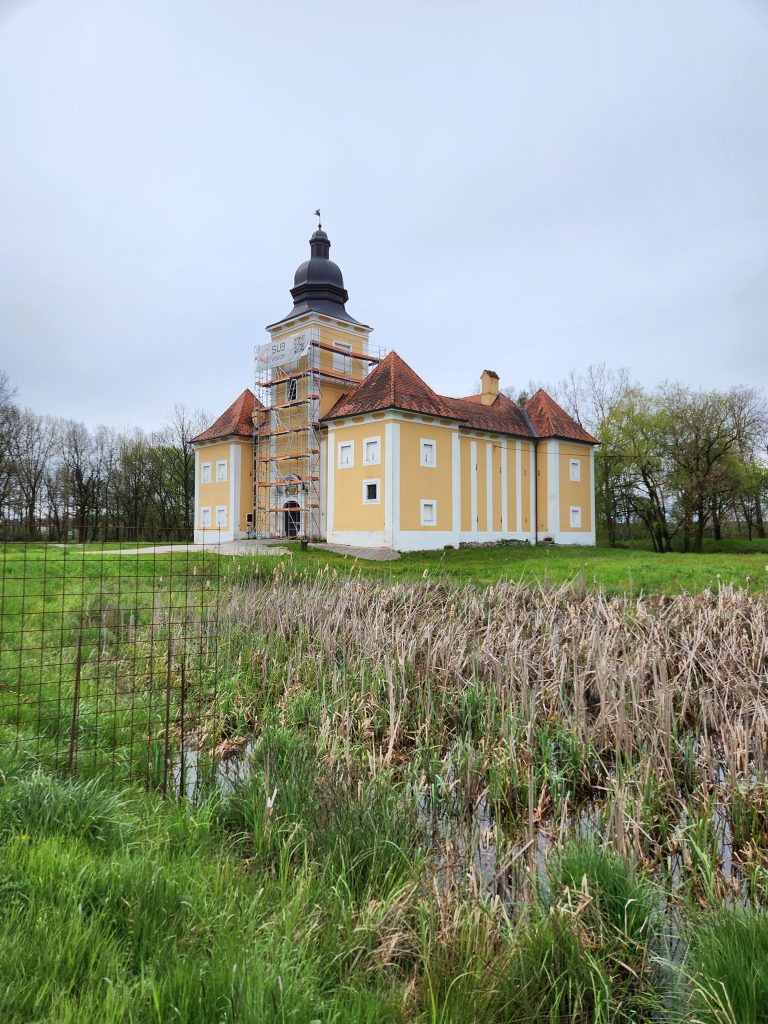
Due to earthquake damage, we couldn’t get up close to Castle Turopolje. I was astounded to discover how close the site was to my ancestor’s villages. Running downhill from their homes through the woods would not have taken more than ten minutes. Like in my grandmother’s story, the castle had a moat which you can see is now weed-filled. This castle is a replica, built in the 1900s, of the one that stood in the same location where my relatives defended against the Turks. You can read my blog about the original event here.
Another surprise was the discovery that not only my Kos line but my Grdenić line was also titled PL. How I missed that information as a kid is beyond me! Unfortunately, the volume with the Kos information was missing from the Croatian National Archive and I’m awaiting a copy from another organization.
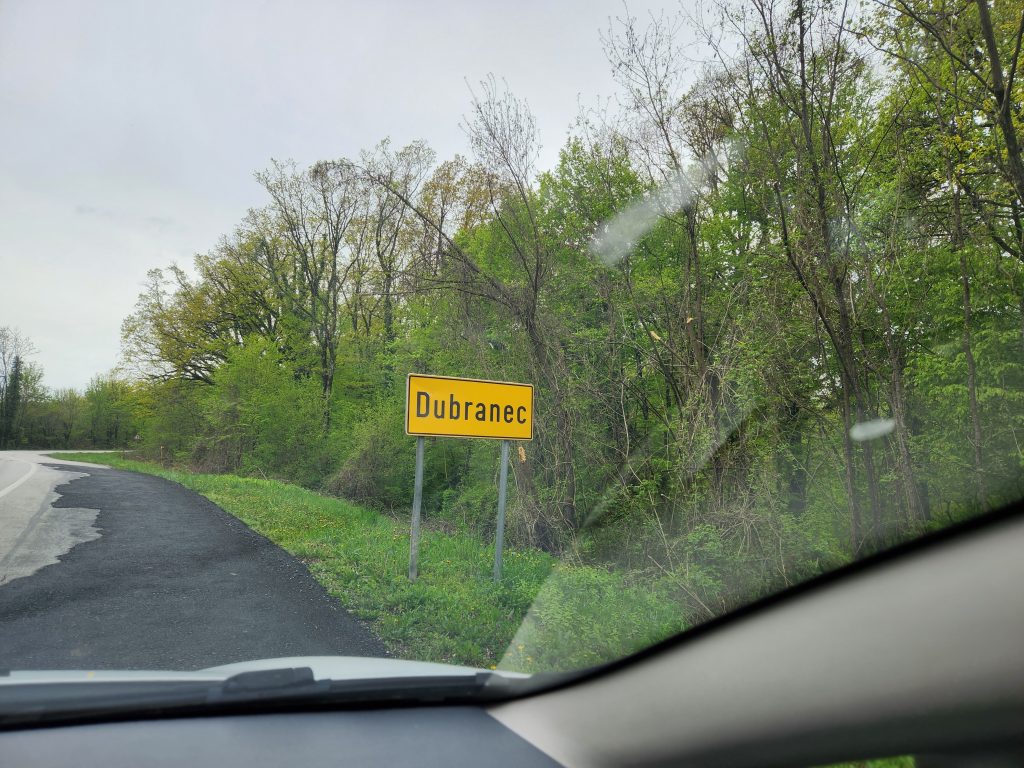
My grandmother’s paternal side, the Kos family, originated in Dubranec. You can see the forest area where they were granted privilege by the king to hunt for their bravery in defending the castle. Just around the bend, the village of 99 homes begins.
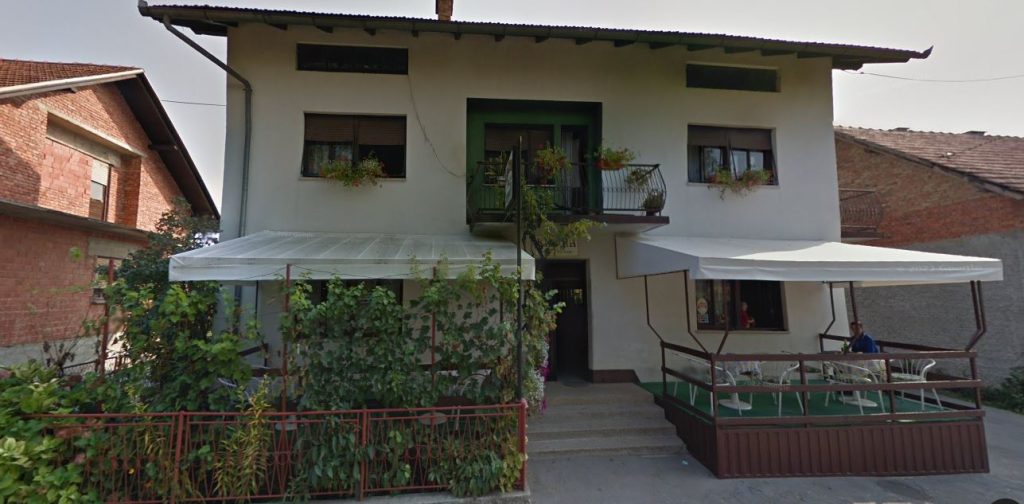
I’m using a Google Maps photo of my maternal side’s ancestral home, built before 1861 as noted in that census. For privacy reasons, I am not showing a current photo as the house has had some changes. I had no family pictures of it and in my mind, I had always thought it would have been a wooden structure, much like Turopolje Manor. I have no idea when the stucco was added over the original wood but many homes began that custom by the mid-1800s. The residences to the right and left had been bricked. My grandmother had her home in Gary, Indiana bricked during the Depression; perhaps she did that because the neighbors had done so in Croatia. All three homes, along with a parking lot and a medical facility, were once the Kos family farm. The family-owned much more land and as the family grew over the years, lots became subdivided to include more dwellings. This I discovered at the Croatian State Archives. My family always had a kitchen garden when I was growing up so I wasn’t surprised to see that there was space for one. My grandmother had mentioned a garden, too. The building is no longer in the family. It had been turned into a tavern but the owner recently died so we could not go inside to visit. There are no Kos’ left in Dubranec according to the neighbor on the left side and Mr. Hrvoj, a distant cousin of mine, who happened to walk down the street.
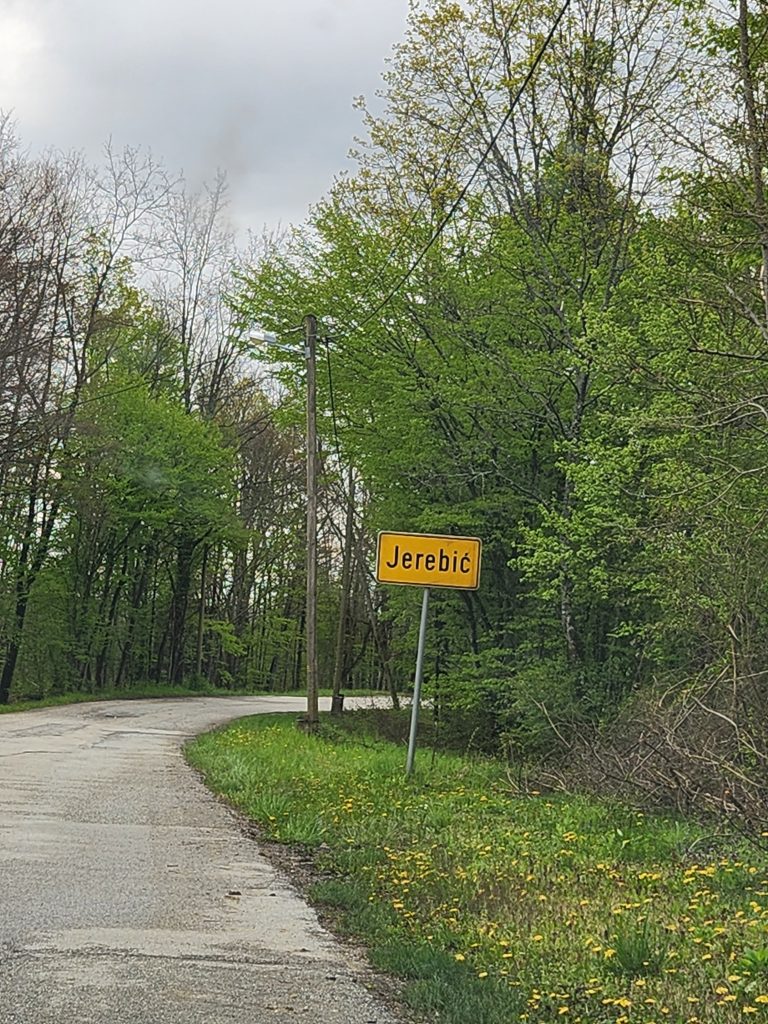
Around several more turns up the mountain, we found ourselves in my maternal great-grandmother’s ancestral home, the Grdenić’s. The village is small and consists of a few farms. It looks as I thought a village from the 1800s would:

There are no Grdenić’s left in Jerebic according to the farmer who came out to see who was visiting. It is a working farm with roosters walking freely. Although the house now has electricity, running water, and plumbing, it did not when my great-grandmother lived there. The well is no longer used but I can imagine my two times great grandmother drawing water from it:
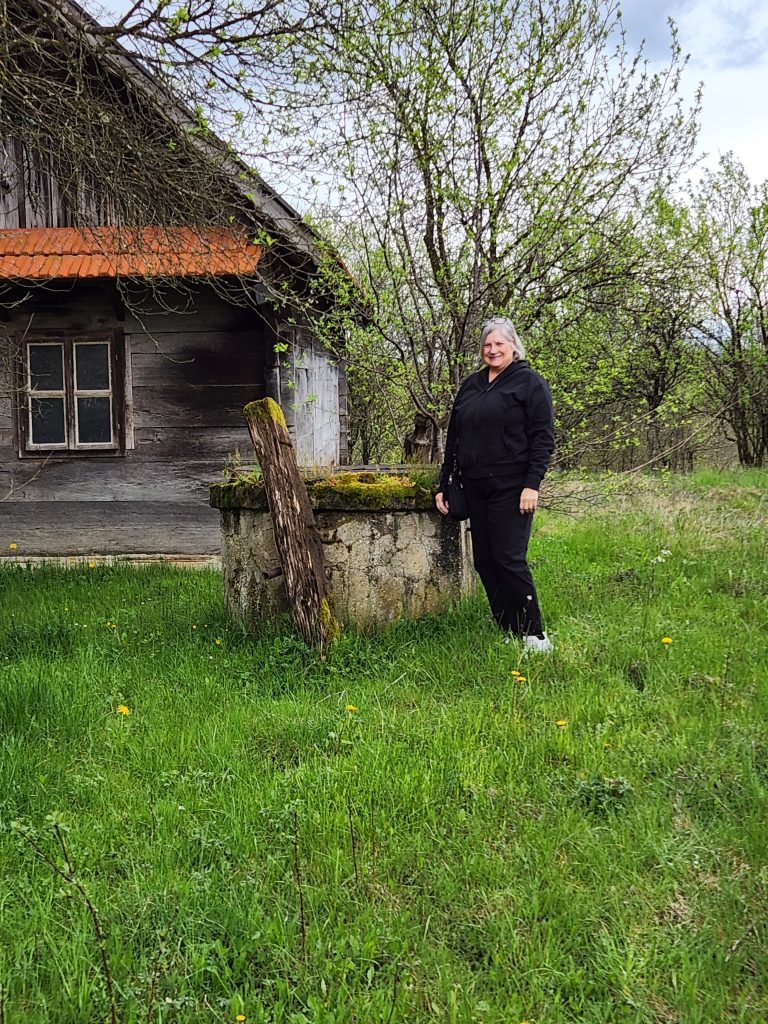
My grandmother’s middle name was Violet and I was surprised to see all the wild violets that grew around the house.
Records in the archive stated that the family was known for their fine vineyard. I should have known the family grew grapes as I have blogged about their winemaking during Prohibition yet I never thought about that custom coming with them to the new country. I have the family recipes and one of my kids still follows them. Sometimes the hints are right in front of us yet we fail to recognize them. My husband and I laughed when we heard about the vineyards as we have always had a grape arbor and we had just planted grapes a few days before we left for Croatia.
Next, we went back down the mountain to Dubranec to visit Our Lady of the Snows Roman Catholic Church which is a 5-minute walk from my Kos’ family home:
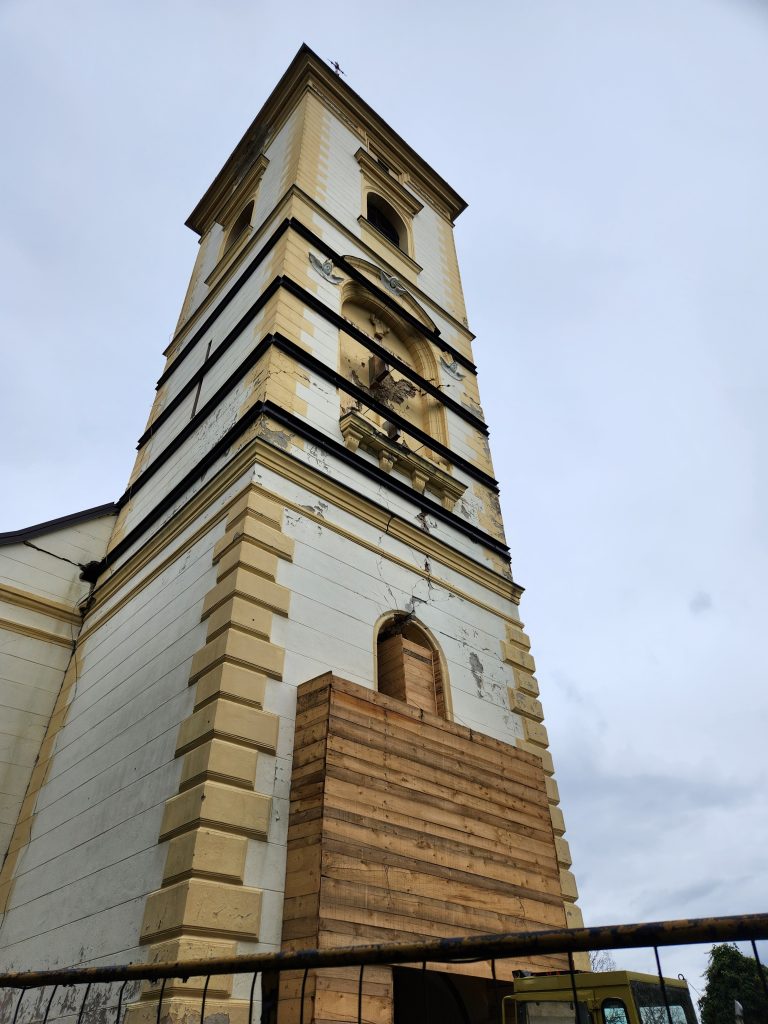
The church was badly damaged in the 2020 earthquake and is off-limits. The priest lives in the village but we were unable to locate him. Here is my original family legend about Our Lady of the Snows.
I was hoping to find gravestones for the missing vital information that former leader Josip Tito had destroyed but unfortunately, the cemetery only contains newer graves. Dr. Antonić explained that the Croatian custom is to pay annually for the grave upkeep and if payment is not made, after some time, the remains are removed and stored in a combined gravesite. I couldn’t find that location and will have to contact the parish priest for more details.
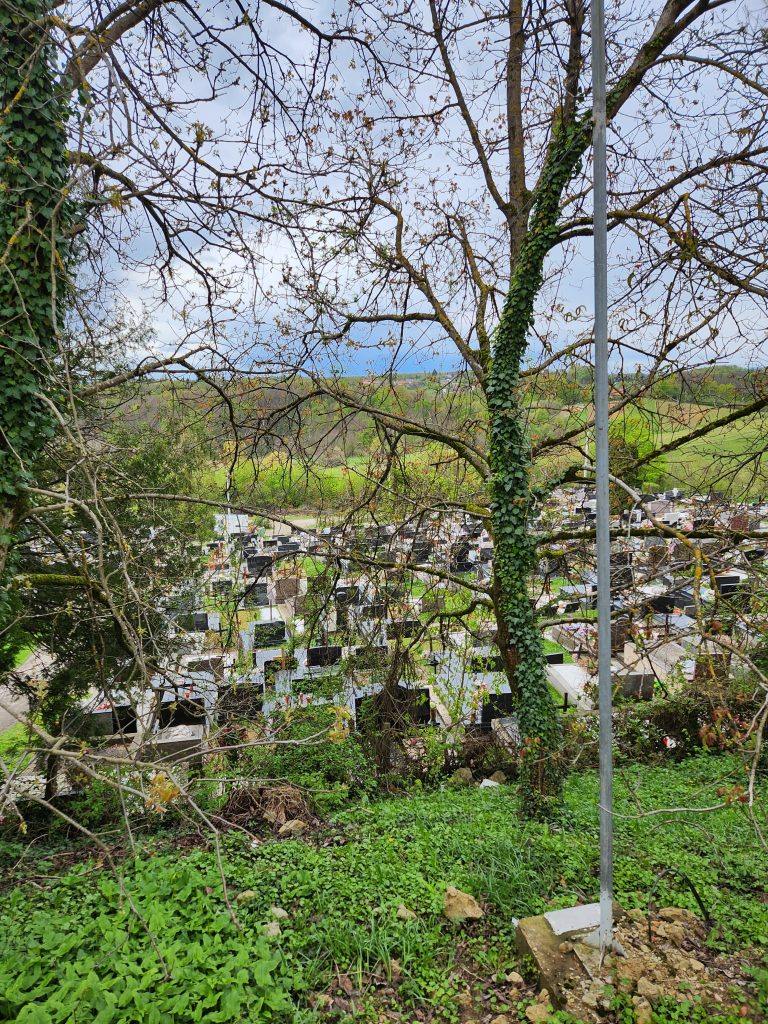
The former article mentioned a mysterious pilgrimage site that was identified by genealogist Lidija Sambunjak. We were on our way to Marija Bistrica:

My great-grandmother Anna Grdenić Koss, according to my Great Aunt Barbara, went on a pilgrimage to this site. I had a postcard that was written to my mother when my Aunt Anne Marie and Aunt Barbara visited Croatia in the 1980s. Unfortunately, the name of the site wasn’t written on the postcard. I blogged about solving the mystery recently. I believe Anna made the pilgrimage after losing her first two children at birth. I have records for one of the two, one may have been a miscarriage. I suspect Anna was praying for a child to survive and that occurred after the pilgrimage with my grandmother, Mary. Anna would go on to have three more children, Joseph and Barbara, who survived to adulthood, and Dorothea, who I can find no record of that died as a child. The distance to this church from the villages is an hour by car over steep mountain roads. I know that my female ancestors were strong women but this journey would not have been easy. We did see pilgrims hiking to the church and it reminded me that once, long ago, Anna was one of them. Like most of Croatia due to the earthquake, the church is under construction but we were able to go inside.
Boots on the ground research enabled me to walk in my ancestor’s footsteps. It was an emotional journey that added richness to the family stories that were told to me as a child. I am fortunate to have connected with such knowledgeable women in Croatia who helped me gain insight into my family’s history. This was a trip of a lifetime that I will carry with me forever.

